The Real Reason You Hate Your Summer Clothes (And How to Fix It for Good)
You know the feeling, right? The first truly hot day of the year arrives, and you rush to your closet, full of sunny optimism. You pull out last year’s summer stuff, and… womp womp. That top feels flimsy and dated. Those shorts suddenly fit weirdly. All at once, the glorious heat feels less like a long-lost friend and more like a personal attack. Dressing for the cold is easy—it’s all about layering. But summer? Summer is about precision. Every single piece has to pull its weight.
In this article
I learned this lesson the hard way. Early in my styling career, I dressed a client for a fancy outdoor luncheon. In July. I picked out this gorgeous silk-blend dress that looked like a million bucks indoors. But the second she stepped into the sun? It was a disaster. The fabric clung to her and showed every single drop of sweat. She was miserable and self-conscious the entire time. That day, it hit me: summer style isn’t just about looking cute. It’s a science. It’s about fabric, airflow, and a little bit of strategic thinking.
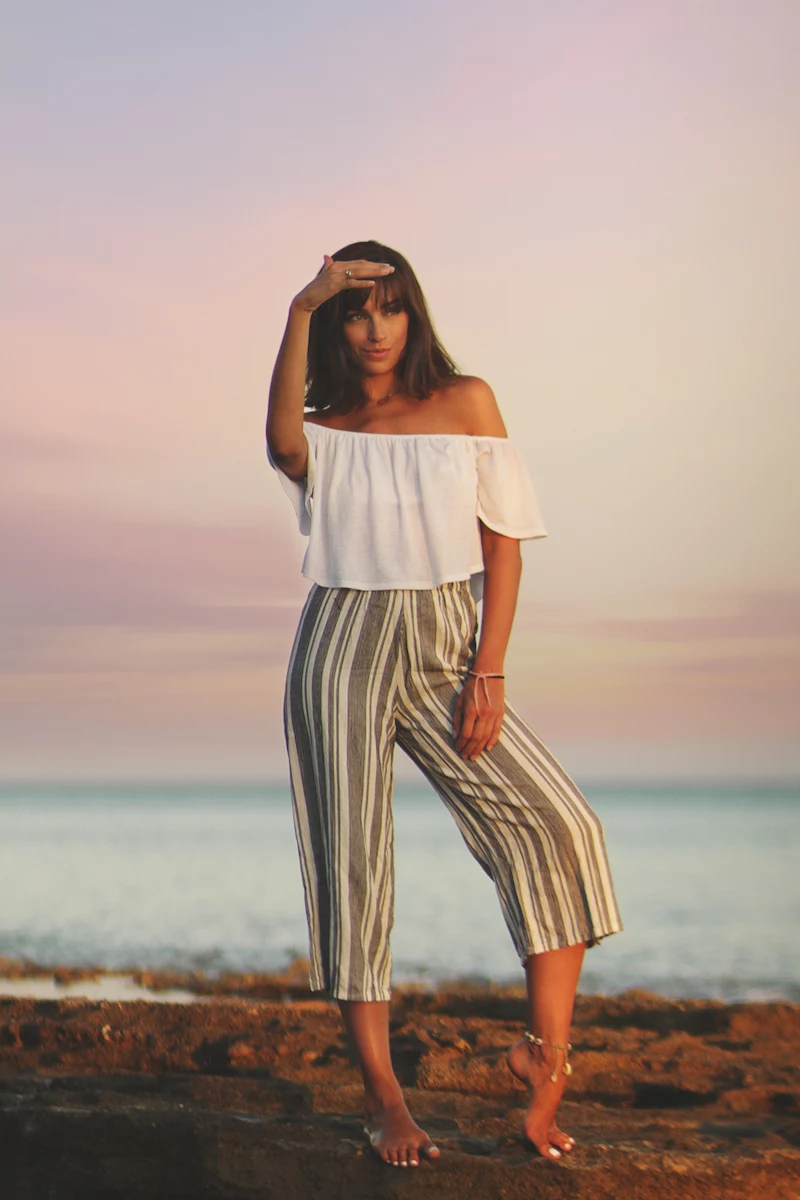
First Things First: Let’s Talk Fabric Science
Before you even think about colors or trends, we need to talk about what your clothes are made of. This is, without a doubt, the most important decision you’ll make for staying comfortable when it’s hot. It’s not a matter of opinion; it’s pure physics. Understanding how different materials handle heat and moisture is the absolute foundation of a summer wardrobe that actually works.
Your Quick-and-Dirty Fabric Guide
You’ll hear terms like “absorbent” and “wicking” thrown around, and they are NOT the same thing. Knowing the difference is a total game-changer, especially depending on where you live.
For Dry Heat (Think desert vibes, like Arizona or the Mediterranean): You want fabrics that absorb moisture. In a dry climate, your sweat will evaporate right off the fabric, creating a natural cooling effect. Cotton is the undisputed champion here.
- Cotton: This is the summer workhorse. But the weave matters! Look for lightweight options like voile and lawn for breezy tops, or poplin and chambray for shirts and dresses with a bit more structure. Oh, and seersucker? That puckered texture is pure genius—it literally holds the fabric off your skin, letting air flow through.
- Rayon (or Viscose): This is a plant-based fiber that feels incredibly cool and drapey. Heads up, though: it can get a little weak when wet, so handle it with care. Always check the tag, but a gentle, cold wash and hanging to dry is usually the safest bet.
For Humid Heat (Hello, East Coast summers, the South, and the tropics): In humidity, absorbent fabrics are your enemy. The air is already so full of water that your sweat-soaked shirt will never dry. It just gets heavier and stickier. Here, you need moisture-wicking fabrics that pull sweat away from your skin and push it to the surface to evaporate.
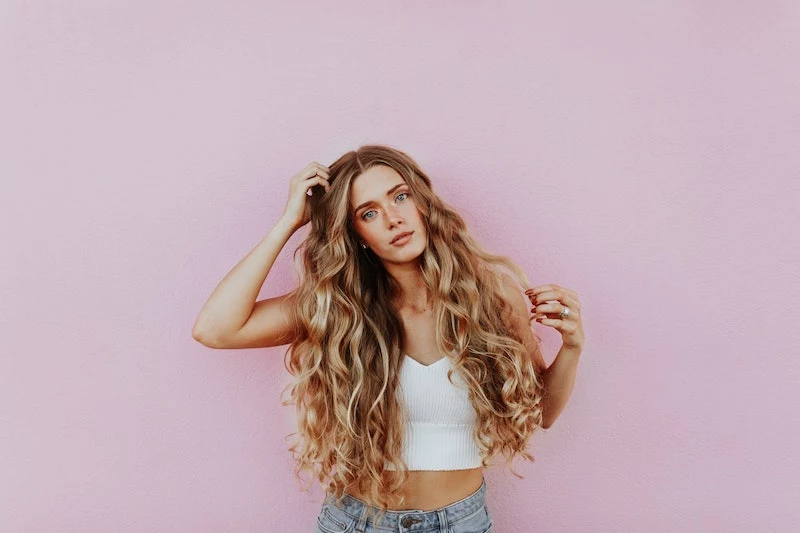
- Linen: The absolute king of summer fabrics. Linen fibers are hollow, so air passes right through, and it wicks moisture like a champ. Yes, it wrinkles. My advice? Just embrace it. A perfectly ironed linen shirt looks stiff and unnatural. A slightly rumpled one looks effortlessly chic. Quick tip: Don’t be afraid to machine wash linen on a cold, gentle cycle and hang it to dry. It gets softer and better with every wash. A quick pass with a steamer is way easier than ironing if you must.
- Tencel (also called Lyocell): A modern miracle fabric made from wood pulp. It’s crazy soft, breathable, drapes beautifully, and is less wrinkly than linen. It’s fantastic for those elegant wide-leg pants or flowy dresses.
- Bamboo: Very similar to Tencel—soft, breathable, and great at wicking. You’ll often find it blended with a little cotton or spandex to give it some structure.
And by the way, the weave of a fabric is often more important than the fiber itself. A loosely woven dark linen shirt will keep you much cooler than a tight, white polyester top. When you’re shopping, hold the garment up to the light. Can you see through it a little? Does it feel light? That’s what you’re looking for.
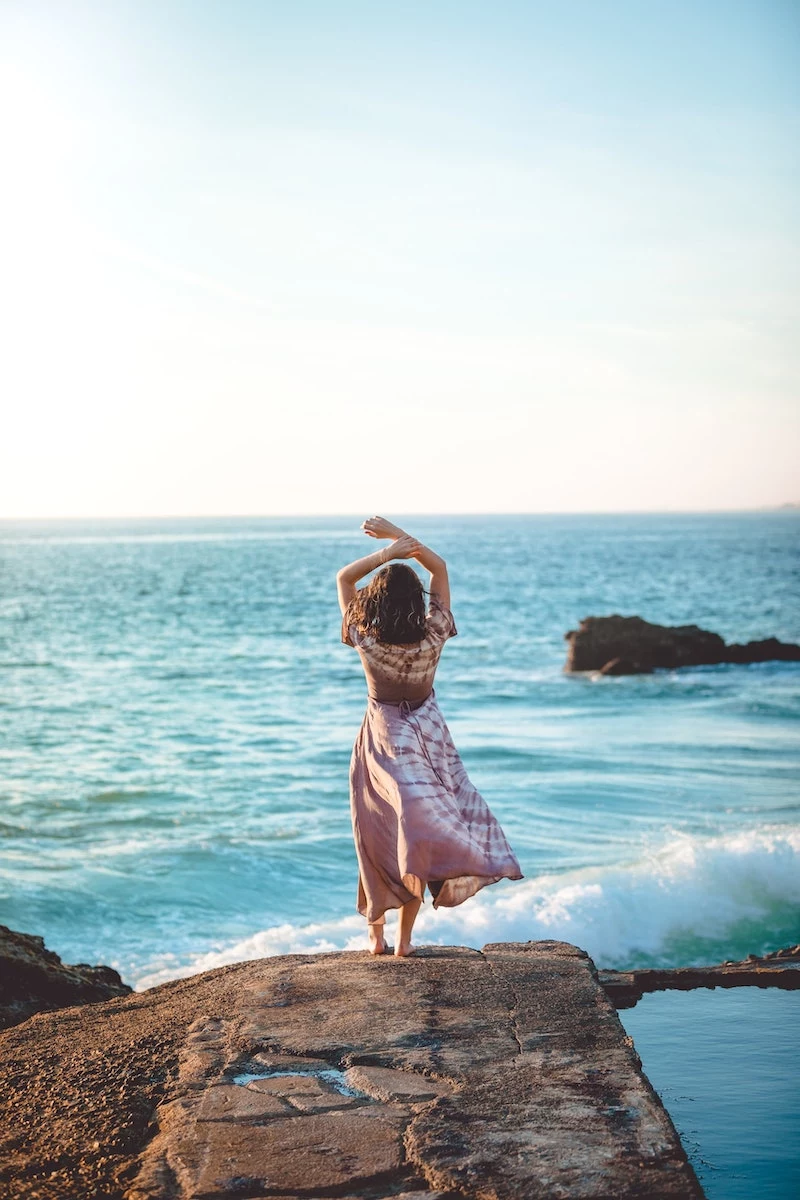
How to Build Your Summer Wardrobe Like a Pro
Okay, now for the fun part. A great summer wardrobe isn’t about having a ton of clothes; it’s about having the right ones. I’ve developed a little system that focuses on creating shape without adding heat.
The Secret of ‘Structured Looseness’
When it’s boiling outside, the instinct is to reach for the biggest, baggiest thing you own. Honestly, that’s usually a mistake. A completely shapeless sack can make you look frumpy and doesn’t necessarily keep you cooler. The goal is what I call “structured looseness.” The clothes should skim your body, not cling to it, but they still need to have a defined shape.
How do you do that? It’s all about a few key anchor points.
- The Shoulders: Even on a flowy dress, if the shoulder seams sit right on your natural shoulder, the whole garment looks tailored and intentional.
- The Waist: With pants or a skirt, the waist and hips should fit perfectly. From there, the fabric can flow away. This is why wide-leg linen pants are so amazing—they’re fitted where it counts and then open up for maximum airflow.
Try this right now: Put on a big, baggy t-shirt. Now, do a “French tuck”—just tucking the very front center of the shirt into your waistband. See how that one little change instantly gives you a waist and a shape without being tight? That’s the principle in action!
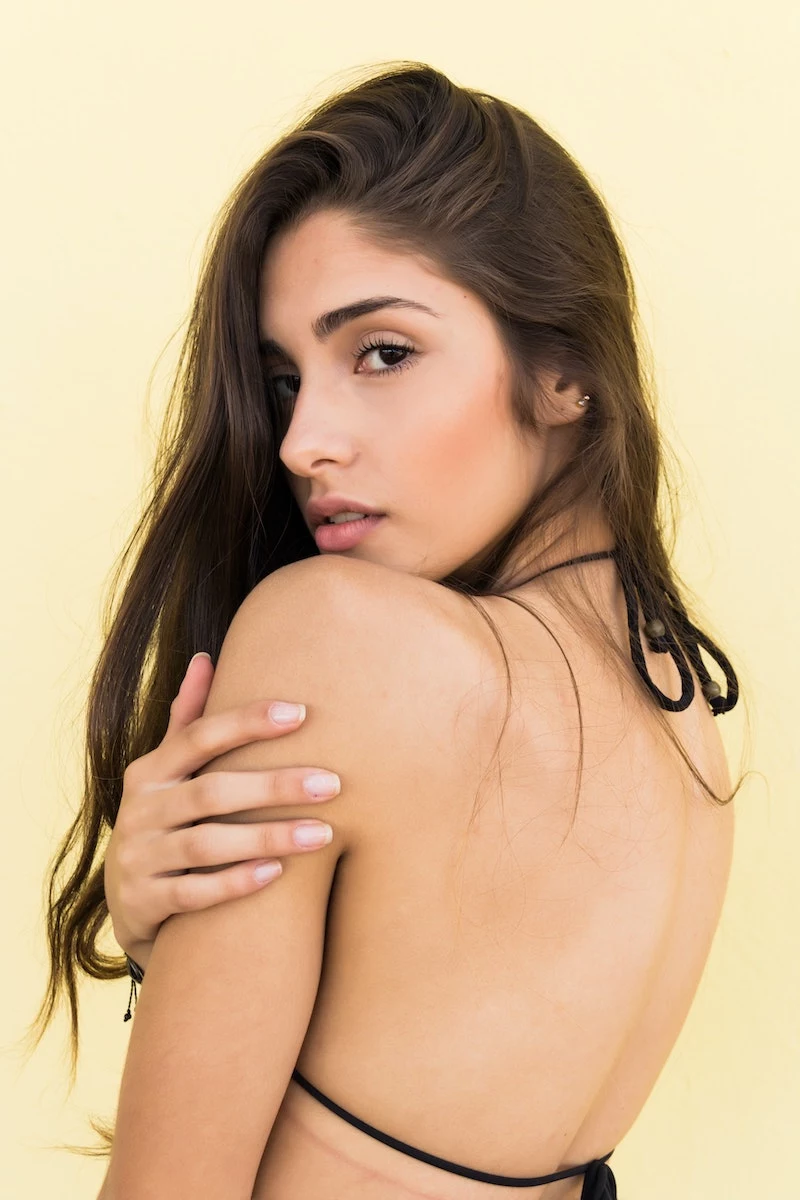
Finding the Right Balance
Summer style isn’t about showing as much skin as humanly possible. It’s about creating balance, which always looks more sophisticated. The rule is simple: if you’re showing skin on top, add coverage on the bottom, and vice versa.
- Wearing a cute little tank or a sleeveless top? Pair it with wide-leg trousers or a midi skirt.
- Opting for shorts or a miniskirt? Balance it with a lightweight, long-sleeved linen shirt (with the sleeves casually rolled up, of course). This protects your arms from the sun and just looks so effortlessly cool.
Solving Your Biggest Summer Annoyances
Let’s get real about the common problems that can ruin a perfectly good summer day. I hear these complaints all the time, and thankfully, there are easy fixes.
Problem: “I sweat through everything!”
We’ve all been there. The solution is two-fold.
- Embrace Prints: A busy floral or a cool geometric pattern is a master of disguise for any damp spots. A solid, light-colored shirt, on the other hand, will broadcast everything.
- Fight the Chafe: For many of us, heat means uncomfortable inner-thigh chafing. This used to be a secret struggle, but now there are amazing products out there. Anti-chafe sticks, like Megababe’s Thigh Rescue, create an invisible, silky barrier. A simple pair of lightweight bike shorts or slip shorts under a dress is also a total game-changer. You can find them for under $20 on Amazon or at Target.
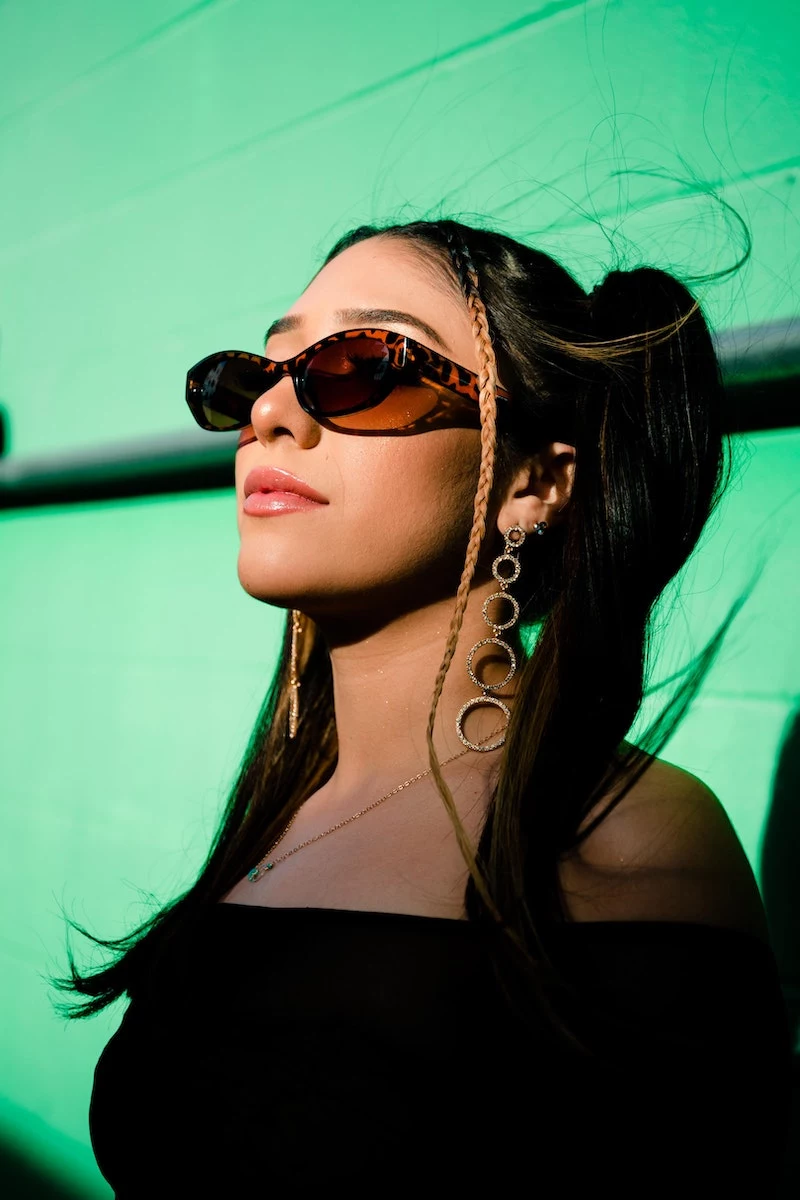
Problem: “I’m always freezing in the air conditioning.”
The modern summer dilemma: moving between a furnace outdoors and a freezer indoors. The key is what stylists call a “third piece.” It’s a lightweight layer that’s part of your outfit, not a frumpy afterthought.
- The Linen Blazer: An unlined linen blazer is a chic and versatile option. It looks polished over a dress or a simple tank and trousers.
- The Giant Scarf: A big, beautiful scarf in a cotton or modal blend is my personal favorite. It takes up zero space in your bag and can be used as a wrap or shawl when the AC blasts.
Problem: “My feet are killing me by 5 PM.”
Your feet can swell a full half-size in the heat, so footwear is critical. Ditch the flimsy, flat-as-a-board flip-flops that destroy your back.
- Choose Natural Materials: Shoes made of real leather or canvas are breathable and will stretch with your feet as they swell. Plastic and other synthetics have no give and are a recipe for blisters.
- Seek Support: I always push my clients to invest in sandals that blend style with real orthopedic support. Think about brands like Vionic, Børn, or even the more modern and stylish Birkenstock models. Your feet will thank you.
- Pro Tip: Always shop for summer shoes in the late afternoon. Your feet will be at their most swollen then, so you’ll get a true sense of what will be comfortable all day long.
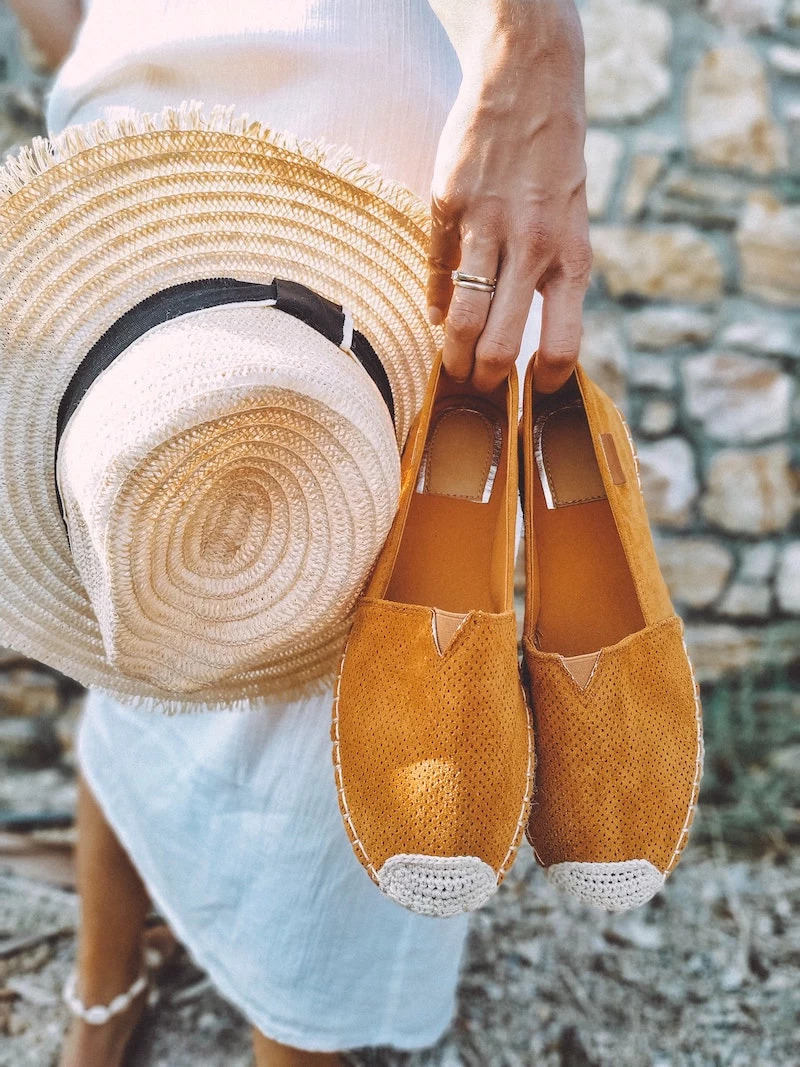
Investing Smart for a Better Summer
It is so much better to have one incredible linen dress you’ll wear for years than five cheap polyester things that make you feel hot and sticky. Think of good summer clothes as an investment in your personal comfort and confidence.
Where to Spend Your Money ($$$):
- A great linen shirt or unlined blazer. This is a forever piece.
- High-quality Tencel or linen trousers. Expect to invest between $100 and $200 for a pair that will drape beautifully and last for years.
- Supportive leather or cork sandals. Good shoes are a health investment. Brands like the ones I mentioned above often run from $90 to $150, and they’re worth every penny.
Where to Save Your Money ($):
- Simple cotton tanks and tees for layering. You can find great ones for $15 to $30 at places like J.Crew, Madewell, or even Uniqlo.
- Super-trendy items. If you’re not sure you’ll love it next year, don’t splurge.
- Beach cover-ups. A simple cotton sarong or an oversized men’s linen shirt from a thrift store works perfectly.
At the end of the day, these are all just tools. The real goal is to use this info to build a wardrobe that lets you walk out the door on the hottest day of the year feeling cool, confident, and completely yourself. That, my friends, is what dressing well is all about.
Inspirational Gallery
The Linen Dilemma: It’s the quintessential summer fabric, impossibly chic and breathable. But the wrinkles! The key is to embrace them as part of linen’s charm. A few creases suggest a relaxed, lived-in elegance. If you can’t stand it, look for linen-blend fabrics, often mixed with cotton or viscose, which offer a similar feel with more wrinkle resistance.
A standard white cotton t-shirt has an Ultraviolet Protection Factor (UPF) of only about 5, which drops even lower when wet.
This means your go-to tee isn’t offering much sun protection. For beach days or long afternoons outdoors, consider investing in pieces from brands like Coolibar or Athleta that design stylish clothing with a built-in UPF of 50+, blocking over 98% of harmful UV rays.
How do you add a layer of polish in summer without adding heat?
Think in terms of a ‘summer third piece.’ Forget heavy blazers. Opt for an unbuttoned, oversized linen shirt thrown over a simple tank and shorts. A lightweight silk scarf tied around your neck or your bag can also add a pop of color and sophistication. It’s about adding visual interest, not insulation.
Don’t underestimate the power of a strategic shoe. The right footwear can make or break your summer comfort.
- Leather Slides: Molds to your foot for custom comfort. Look for quality from brands like Birkenstock or Ancient Greek Sandals.
- Espadrilles: The canvas and jute rope construction is incredibly breathable. Soludos is a classic choice for a reason.
- Woven Mules: They offer coverage but the woven design allows for plenty of airflow, keeping your feet cool.
The single most impactful change for summer comfort: size up. We’re conditioned to seek a tailored fit, but in the heat, tightness is your enemy. A slightly looser fit in your tops, dresses, and trousers creates a layer of air between the fabric and your skin, which is your own personal, natural air conditioning system. It’s the difference between feeling chic and feeling suffocated.
Beyond cotton and linen, keep an eye out for Tencel™ Lyocell. It’s a game-changing fabric derived from sustainably sourced wood pulp. It has a silky, luxurious drape that feels cool to the touch, wicks moisture more efficiently than cotton, and is less prone to wrinkling than rayon. Brands like Everlane and Reformation have embraced it for its blend of comfort and eco-consciousness.
- It instantly elevates a simple outfit.
- It protects your face and scalp from harsh UV rays.
- It keeps you noticeably cooler by providing shade.
The secret? A great summer hat. Steer clear of polyester and opt for natural, breathable fibers. A classic straw Panama hat or a packable raffia design from a brand like Cuyana or Lack of Color is a worthy investment that combines function and serious style.
Structured Bag vs. Woven Tote: A structured leather bag can feel heavy and formal in the summer heat. A woven straw or raffia tote, however, signals an instant shift to a relaxed, vacation mindset, even if you’re just running errands. It’s lightweight, practical, and adds a perfect touch of seasonal texture to any look.
The brilliance of seersucker, that puckered cotton fabric, isn’t just about its preppy, old-school charm. The unique weave is a masterclass in passive cooling. The puckered stripes cause the fabric to sit away from the skin, creating tiny air channels that allow for constant circulation and moisture evaporation. It’s a low-tech solution that’s still one of the best for beating the heat.










